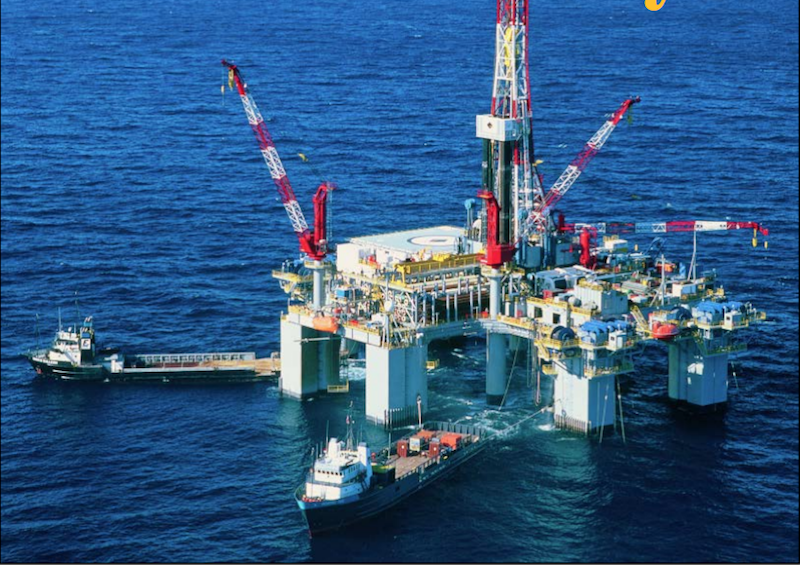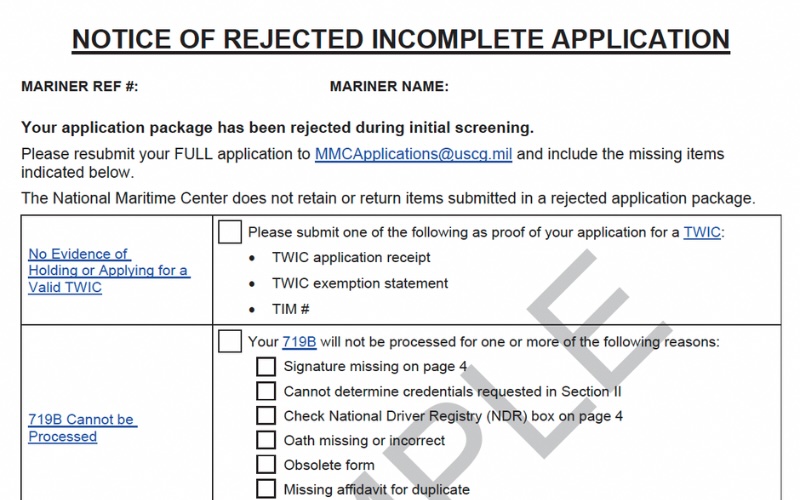The offshore market continues to improve, albeit slowly. The improvement is driven by producers reducing breakeven costs for Gulf of Mexico drilling prospects, boosting their confidence that future E&P profits will be ensured even if oil prices turn out to be lower than predicted.
Also, breakeven levels in the $30 bbl. range are making offshore projects highly competitive with falling shale oil breakeven costs, creating greater balance for those producers working in both markets. They now will decide how to spend their capital based on corporate strategies and future market opportunities. The choices are to go for projects with quick paybacks but small production growth and few additional reserves (shale), or high well output and substantial reserve additions, which won’t contribute positive cash flow for five to 10 years (offshore). Which will it be?
The producer’s decision becomes a bet on future oil prices, and possibly further cost reductions. Given the short time to reach cash flow of shale projects, the risk of misjudging the direction of oil prices is muted. On the other hand, offshore, especially deepwater projects, is full of risk from oil prices. When a new field begins producing, oil prices can be wildly different than those that were predicted at the time of the go decision. If offshore output fortuitously begins when oil prices are high, producers reap the benefit. If prices are low, executives must grin and bear it.
Despite the best efforts of forecasters, every oil cycle is a surprise to the industry. Given that reality, producers have become more hesitant to embark on long-term projects unless they are highly confident that the economics will be positive at very low oil prices, increasing the need for reduced development and production costs. Last Thursday’s oil price drop — WTI fell by nearly 6% to $58 bbl. — was the largest of 2019. What will shake up producers is that the 2019 track of oil prices since the start of last October almost exactly follows the path from November 2014 through early 2015. Remember that 2014 oil price drop, caused by Saudi Arabia’s shift from defending oil prices to seeking increased market share, was a surprise. What is scary about this similarity is that from spring 2015 oil prices slid further, falling from $60 to $40 bbl. over the three months of summer. Following a brief revival, the slide continued, eventually ending in February 2016 with oil in the high $20s.
Recent comments by OPEC members and the Russian energy minister about the need to extend their production cut agreement through the end of 2019, but not as large a cut as during the first half of the year, has the oil market nervous. Preliminary data suggests that global oil inventories are building in the second quarter, contrary to forecasts calling for a substantial reduction. That suggests energy demand is weaker than predicted or global supplies are greater. For OPEC+ producers eager to capture the increased revenues from the oil price recovery this year (plus-35%), cutting back output is unappealing.
Should oil prices repeat 2015’s second half slide this year, the offshore sector won’t be hit as much this time. Back then, producers were scrambling to wind up projects and exit rig contracts. The impact this time will merely mute the current offshore recovery and push it further into the future. While not a disaster, last Thursday’s oil price drop has to shake up the thinking of those controlling the offshore purse strings.





